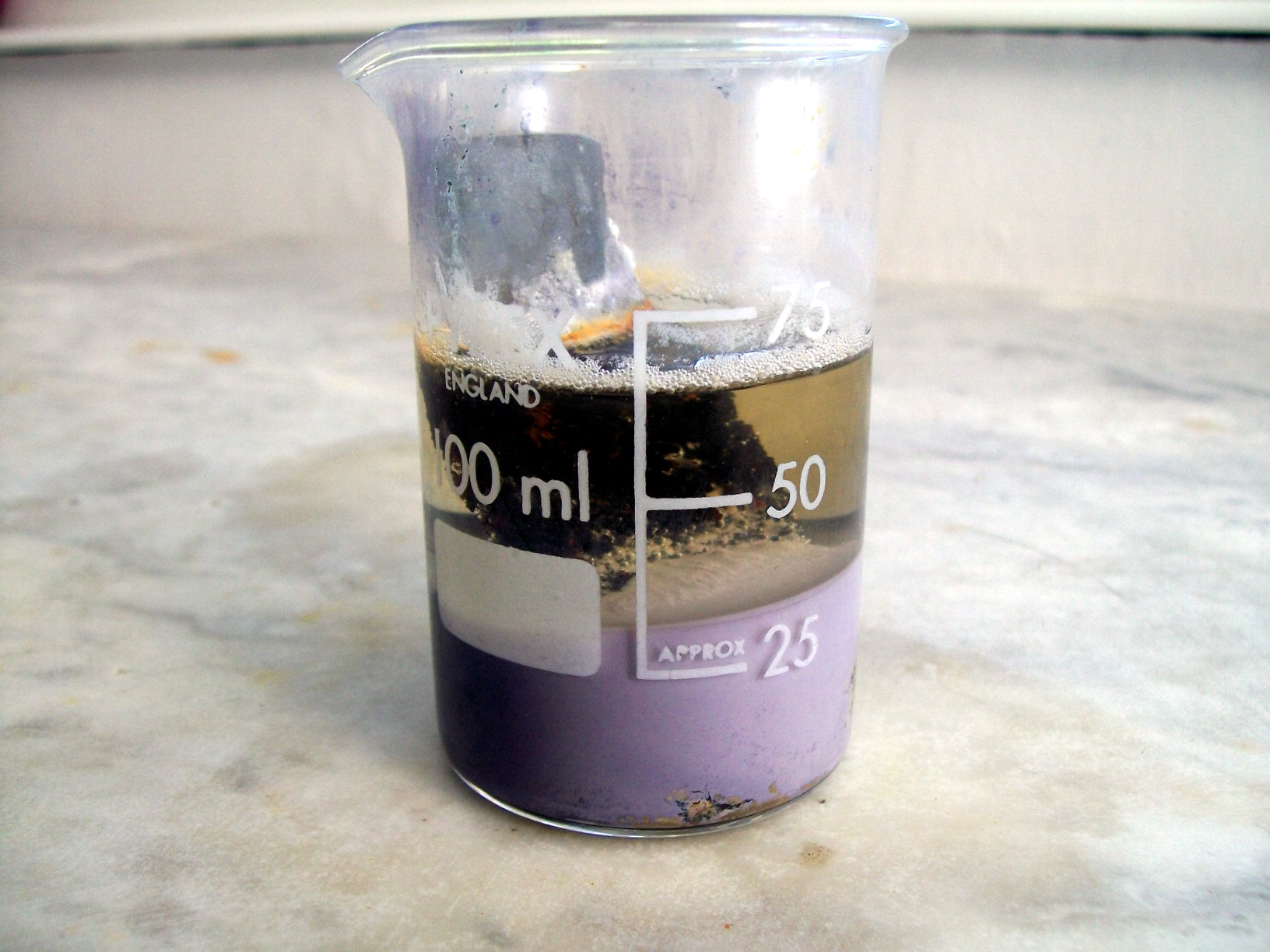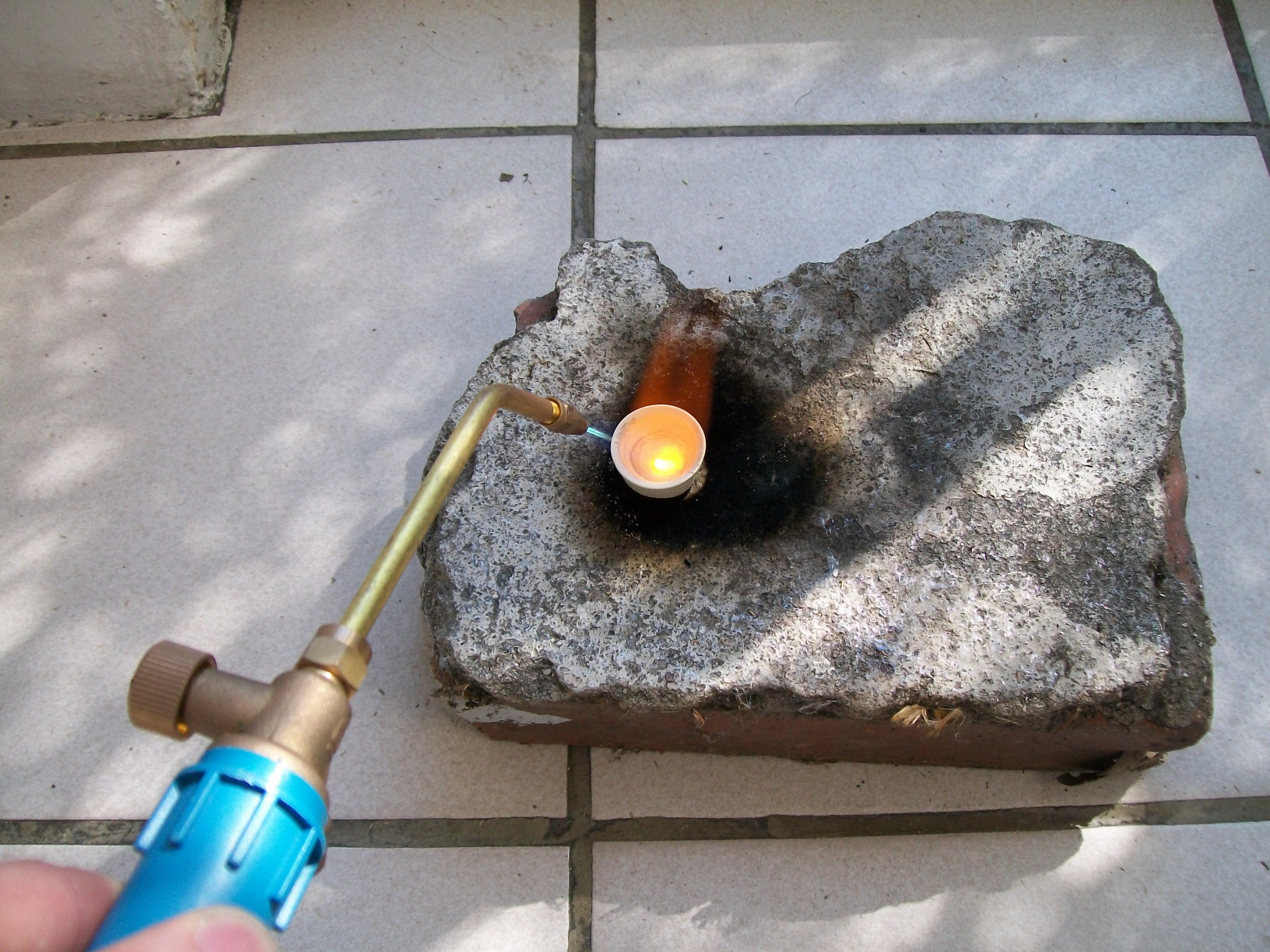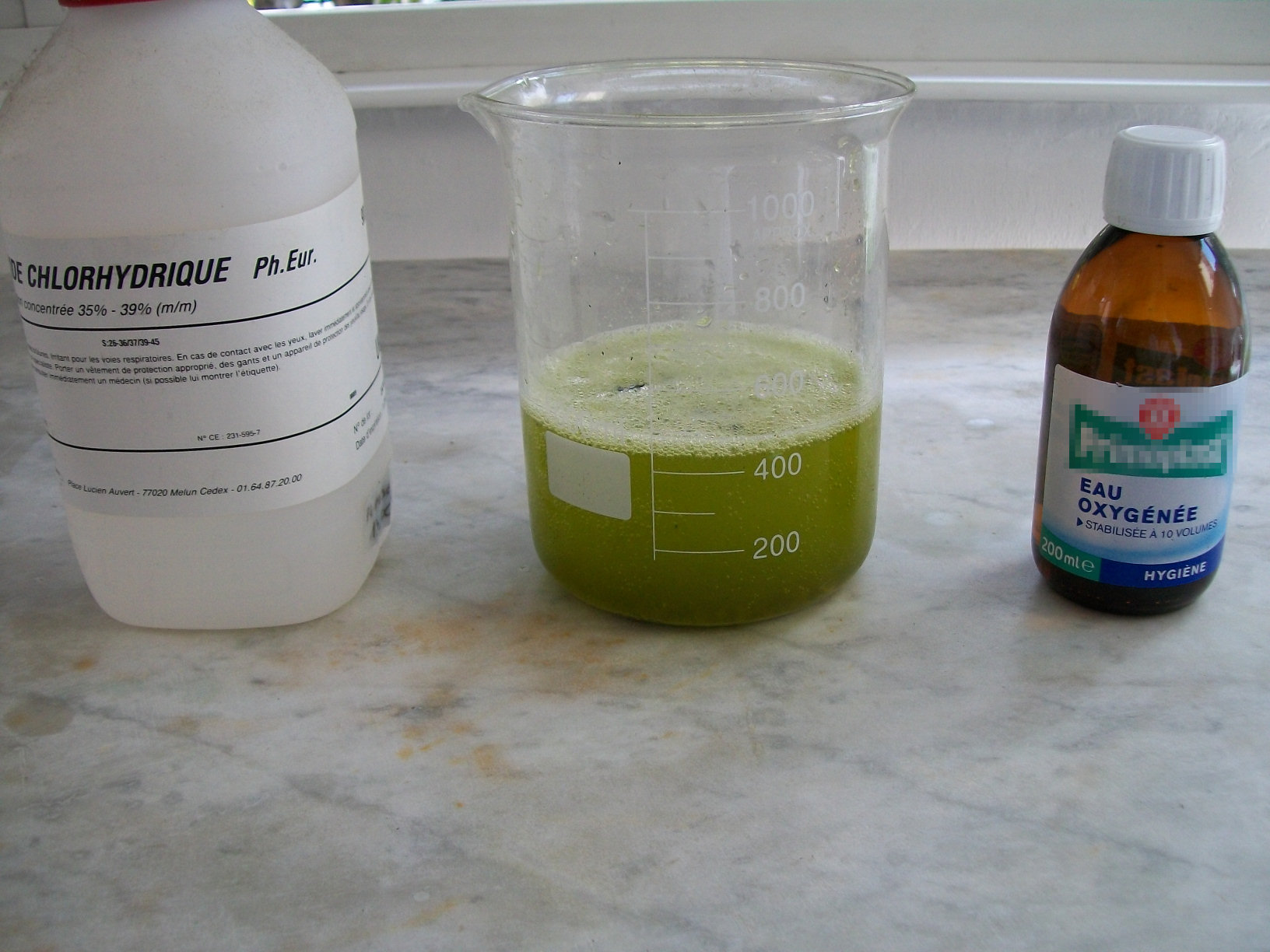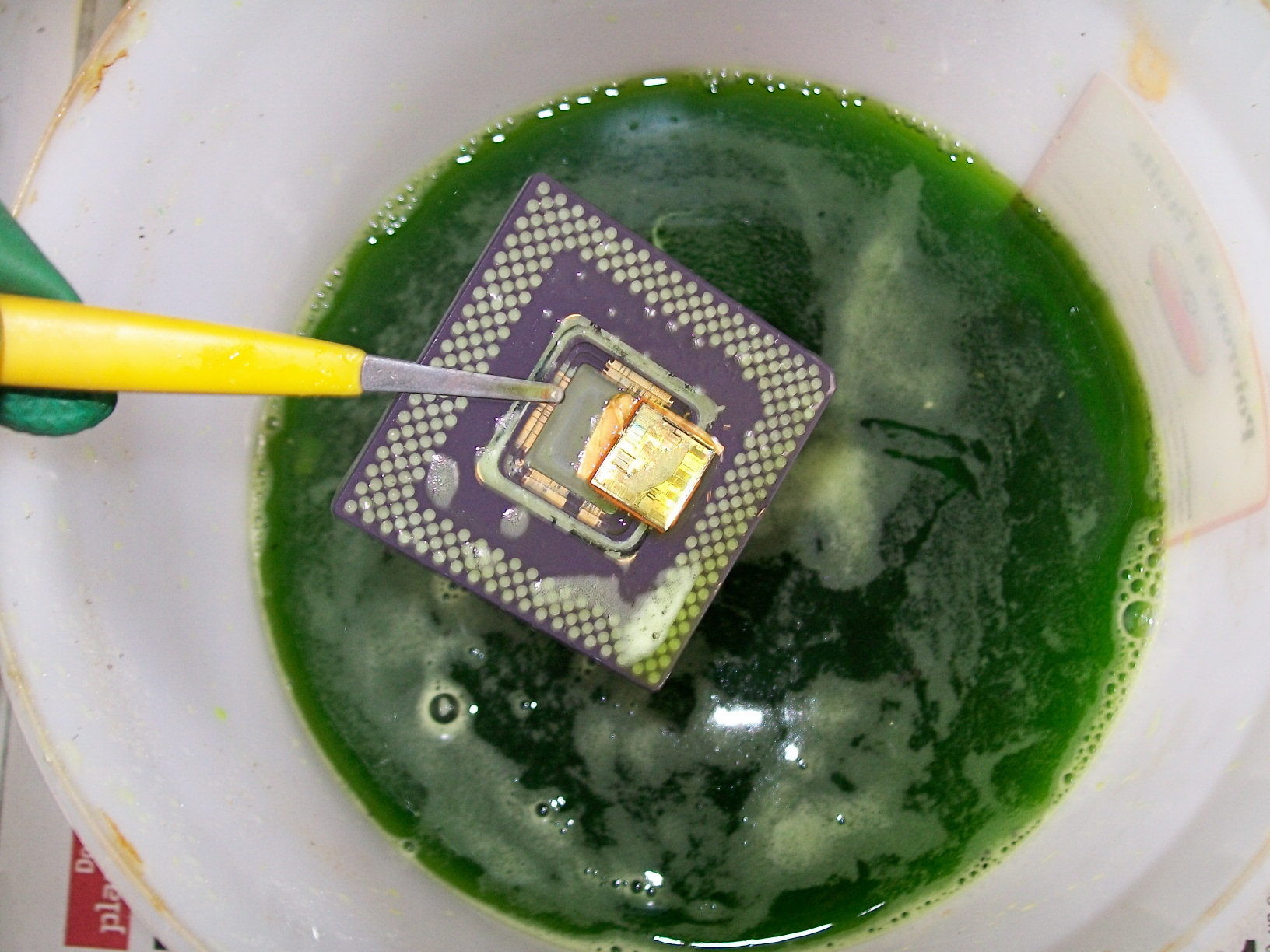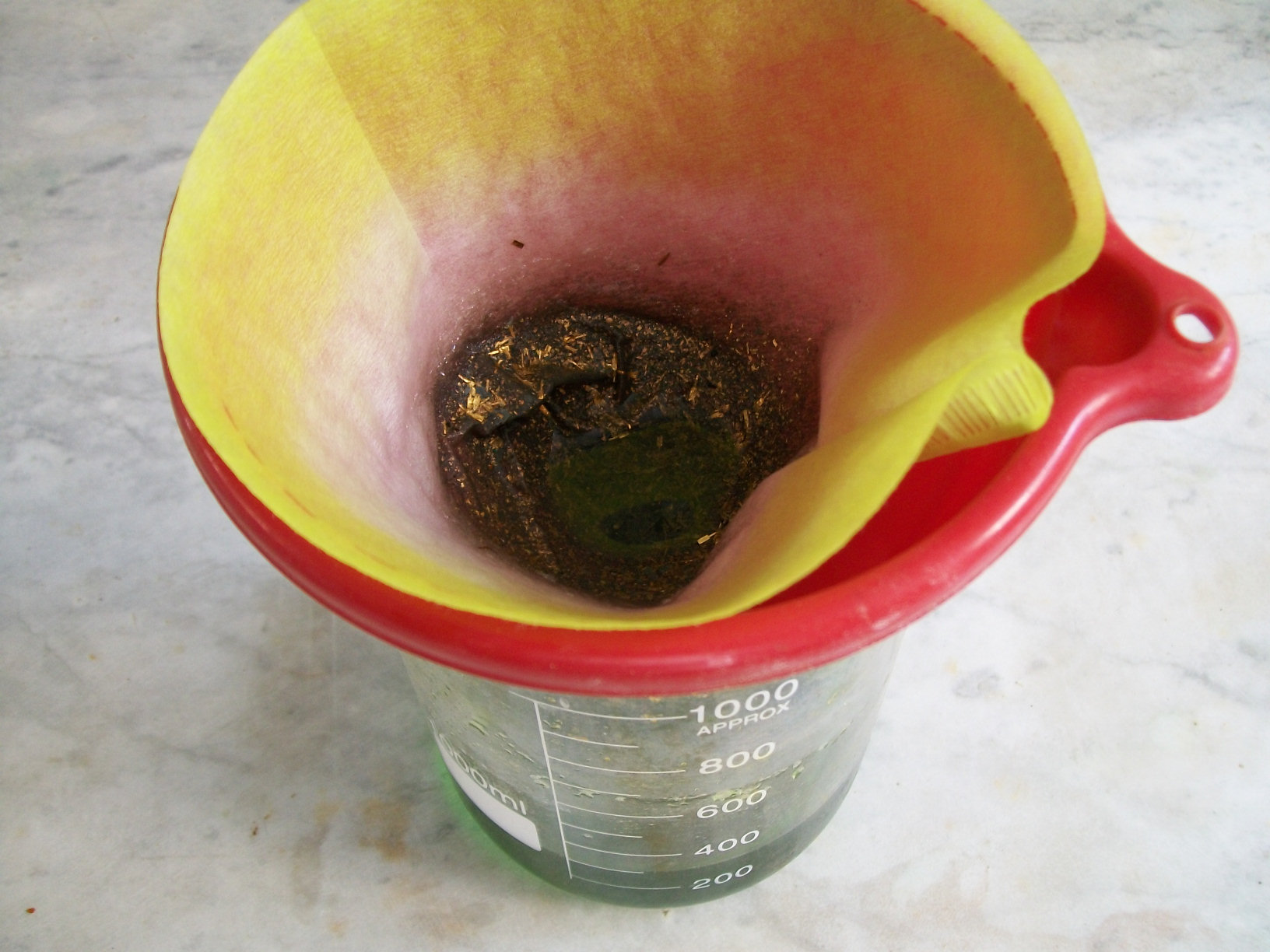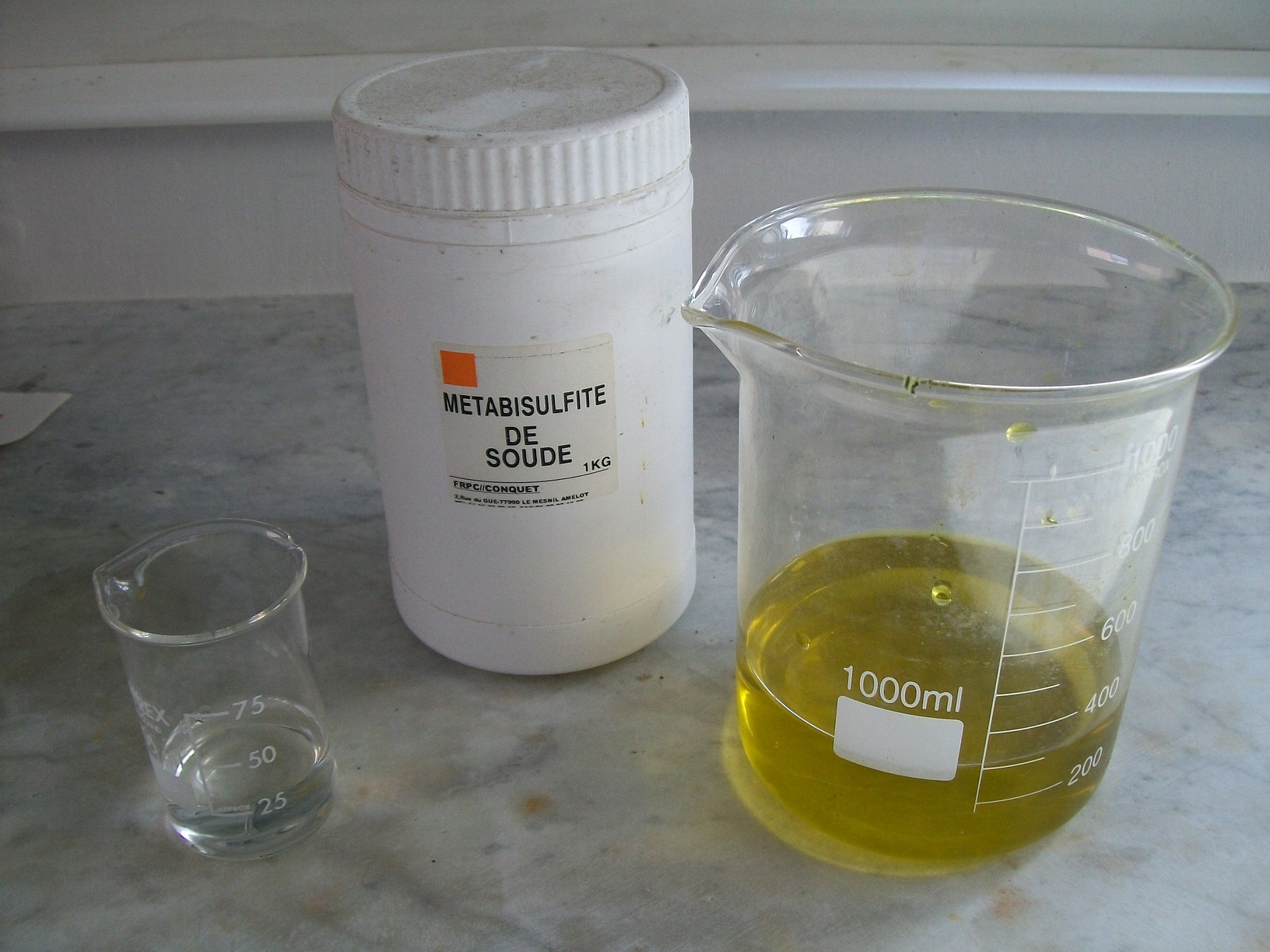In Pictures: Tom's Hardware Recovers Gold And Silver From CPUs
Processors are responsible for operating on all of your precious data. But did you know that they also are made up, in part, of precious metals? We're going to show you how to recover the gold and silver hidden away inside your old CPUs.
The Formation Of Metallic Silver
After a few hours, metallic silver becomes noticeable. We also see that the silver chloride precipitate has begun to blacken in the light. The zinc has reacted with the hydrochloric acid to form dihydrogen (and zinc chloride).
Zn + 2 HCl -> H2 + ZnCl2
The dihydrogen will then reduce the silver chloride; metallic silver will then form.
H2 + 2 AgCl -> 2 Ag + 2 HCl
Filtering And Rinsing
We filter the solution and rinse everything. The result is metallic silver! Let’s let the powder dry...
Melting The Silver
Now, all we need to do is melt the silver in a crucible with an oxy-butane torch.
A Silver Coin
And voilà: a pretty little silver coin! Of course, it’s not 100% pure, which is impossible with this kind of do-it-yourself process, but it’s reasonably close. We suspect the presence of platinum, palladium, and rhodium. Let's continue.
Get Tom's Hardware's best news and in-depth reviews, straight to your inbox.
After The Silver, We Go For The Gold
We haven't finished with our CPUs yet, though. We still need to get them to give up their gold!
After a short rinsing with distilled water, we put them in a bath of hydrochloric acid and 3% hydrogen peroxide, in a proportion of two to one.
Another Unpleasant Bath
You can see the very fine gold wires around the processor die separating. We’ll leave the processors in the bath for a few hours...
Filtering, Yet Again
After a few hours, we filter the solution to recover the gold flakes and various waste substances.
Danger: Chlorine Gas
What’s left behind in the filter is a mixture of various metals and impurities. We put everything in a mixture of 35% hydrochloric acid and 5% chlorine bleach, in a proportion of two to one. The reaction is highly exothermic and produces extremely dangerous chlorine gas (Cl2)!
2 HCl + NaClO -> Cl2 + NaCl + H2O
The chlorine gas is what attacks the gold to form gold(III) chloride.
Filtering Again
We filter everything one more time. The filter retains all the impurities, and nothing is left in the solution except gold(III) chloride.
Now We Precipitate
To recover the metallic gold, we need to get the gold that’s in solution to precipitate. For that, we use powdered sodium metabisulfite. In the presence of water, the sodium metabisulfite produces sodium bisulfite.
Na2S2O5 + H2O -> 2 NaHSO3
-
jprahman It's kind of sad to see these processors get destroyed, I mean some of those are classics that would be cool to have as a keepsake.Reply -
gmcizzle And here I thought high school chemistry was useless. Don't try this at home though...well unless you want to see how fast chlorine gas kills everything around you.Reply -
alhanelem i have an old pentium MMX on display (in my room on a shelf where all my unused computer hardware goes)Reply -
LuckyDucky7 Woah! Better keep those AMD CPU's- those are ancient relics of when AMD used to actively compete with Intel!Reply -
frostmachine Simple electrolysis can get it to even higher purity. 999 might be difficult but 916 n above should be easy. Good enough for a ring/pendant. Heck, with enough CPU u can even engraved "Intel Inside" :DReply
